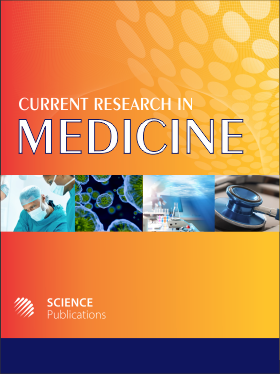Rivaroxaban and its Effect on International Normalised Ratio-A Prospective Study of 28 Hip and Knee Arthroplasty Patients
- 1 The Queen Elizabeth Hospital, Australia
- 2 Ninewells Hospital, Scotland
- 3 Toowoomba Hospital, Australia
Abstract
Problem statement: Rivaroxaban is an orally active, competitively reversible antagonist of activated factor Xa. The purpose of this study is to comment on Riveroxaban’s effect on INR. Approach: At the Queen Elizabeth Hospital, all patients undergoing elective anthroplasty were anticoagulated with 10mg of Rivaroxaban. All patients had INR measurements for 3 days post operatively. Further 16 patients had weekly INR follow follow up for the reminder of their therapy. Measurements between 0.2-1.2 were classified normal, 1.3-1.4 elevated and INR>1.4 high. Results: On day 1 after Rivaroxaban was commenced, 67.9% of patients recorded high INR value of >1.4 while 7.1% of patients had normal value of INR value (0.8-1.2). However, the number of patient with normal value of INR increased over next 2 days. On the third day after Rivaroxaban was commenced, 35.7% of the patients recorded a normal INR value while 32.1% of the studied patients had recorded mild elevated INR value. 32.1% of the studied patients had high INR value. All patients had an INR greater than 1.1. In the first 3 days, the maximum INR reached was 3.1. In patients who. All patients with a normal INR on day 1 remined normal throughout their course. 4 patients with an elevated INR on day 1 normalised by day 3. 8 patients had an INR trend upwards from day 1-2. 3 patients had a higher INR at day 3 compared to day 1. Of the 16 pateints followed up till the end of their therapy, 68.8% patients had a normal, 18.8% elevated and 12.5% patients had a high INR. Conclusion: Rivaroxaban has been proven as an effective alternate to existing anticoagulats in tehrms of patient compliance, rates of thrombus and bleeding risks. This study successfully demonstrates that Rivaroxaban leads to a trancient increase in INR in the majority of pateints in the first 72 h. Nil litrature exists on the effect of Rivaroxaban on prothrombin time and appropriate reversal and mangemetn of pateints who require further surgical intervention. Further research is required into invistigating the cause and effect of this increase.
DOI: https://doi.org/10.3844/amjsp.2012.126.129

- 18,420 Views
- 11,073 Downloads
- 3 Citations
Download
Keywords
- Anticoagulation
- rivaroxaban
- international normalised ratio
- arthroplasty
